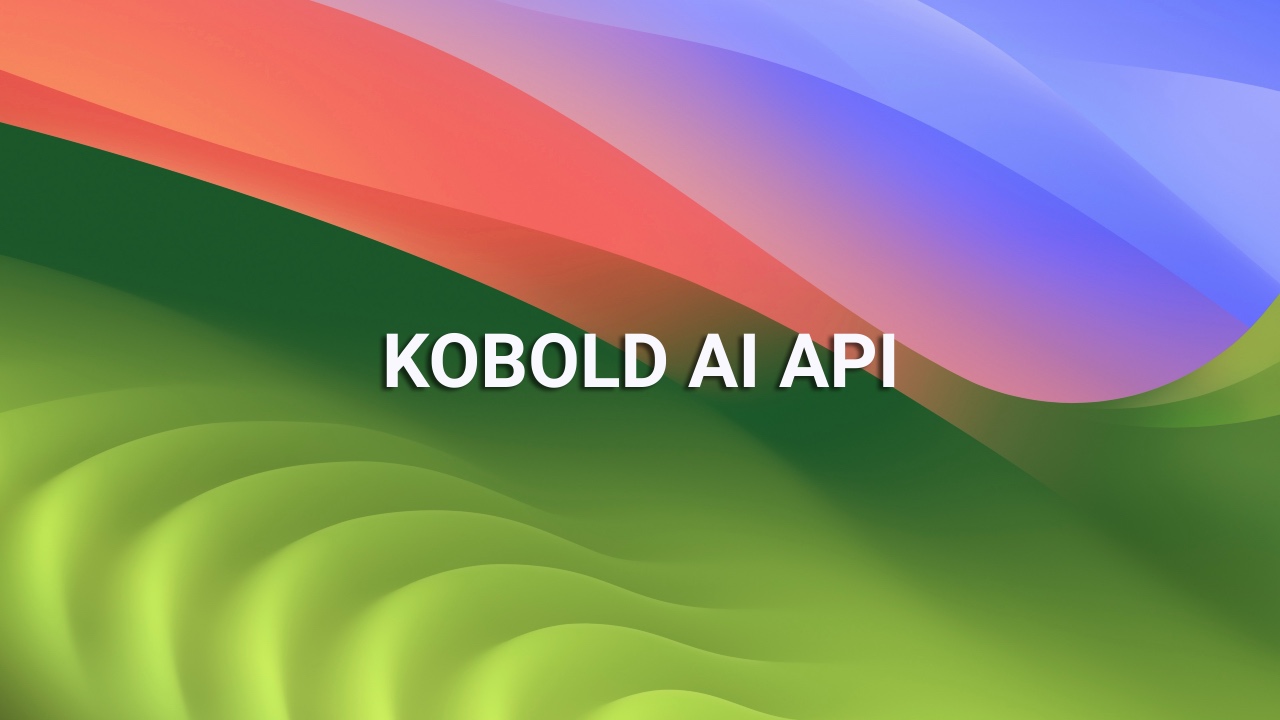Introduction
Kobold AI is an innovative tool designed to enhance AI-based projects. Its hardware requirements are crucial for optimal performance and efficiency. Understanding these requirements helps users in setting up an efficient Kobold AI environment.
System Requirements
Processor
- Type: Multi-core CPU (Quad-core or higher recommended)
- Speed: Minimum 2.5 GHz; Optimal performance at 3.5 GHz or higher
- Compatibility: 64-bit architecture
Memory
- RAM: Minimum 8 GB; Recommended 16 GB or more for better speed and multitasking
Storage
- Type: SSD (Solid State Drive) for faster data access
- Capacity: Minimum 256 GB; Recommended 512 GB or more for extensive projects
- Backup: External HDD or cloud storage for data backup
Graphics Card
- Type: Dedicated GPU (NVIDIA or AMD)
- Memory: Minimum 4 GB VRAM; 8 GB VRAM or higher recommended for intensive tasks
- CUDA Cores (For NVIDIA GPUs): Minimum 1024 cores; More cores for better parallel processing
Power Supply
- Rating: Minimum 500 Watts; Higher wattage for multi-GPU setups
- Efficiency: 80 PLUS Bronze certification or better
- Cooling: Adequate cooling mechanism to handle load and ensure longevity
Connectivity
- Internet: Stable high-speed broadband connection (Minimum 10 Mbps)
- Ports: USB 3.0, HDMI/DisplayPort for monitors, Ethernet port for wired internet
Operating System
- Type: Windows 10/11, MacOS, or Linux
- Version: Latest version with all updates installed for security and compatibility
Additional Considerations
Cost and Budget
- Entry-Level Setup: Approx. $800 - $1200
- Mid-Range Setup: Approx. $1200 - $2000
- High-End Setup: $2000 and above
Size and Dimensions
- Case Size: Depending on components; Mid-tower or Full-tower recommended
- Workspace: Adequate space for ventilation and accessibility
Efficiency and Speed
- Boot Time: SSDs ensure faster boot times (approx. 10-20 seconds)
- Processing Speed: Faster CPUs and GPUs significantly reduce processing time for complex tasks
Lifespan and Maintenance
- Component Lifespan: Typically 3-5 years for optimal performance; can vary based on usage and maintenance
- Regular Maintenance: Dust cleaning, software updates, and hardware check-ups

Advantages
- Speed: Enhanced processing speed for AI-related tasks
- Reliability: Stable system with less downtime
- Expandability: Options to upgrade components
Disadvantages
- Initial Cost: High initial investment for a robust setup
- Power Consumption: Higher power requirements for high-end components
- Maintenance: Requires regular maintenance for optimal performance
For more details, visit Kobold AI.